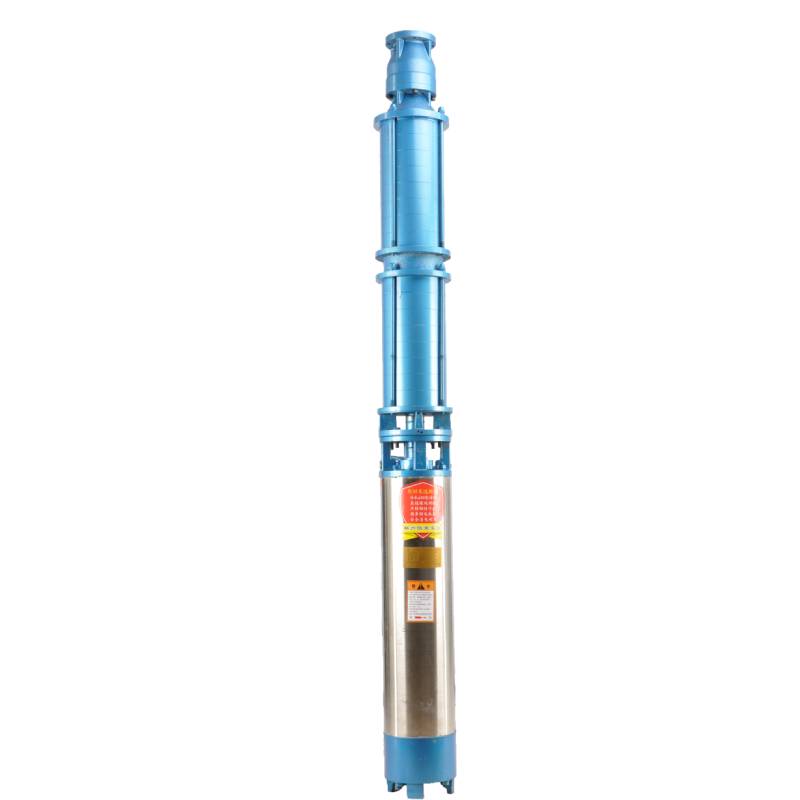Sep . 25, 2024 16:56 Back to list
deep well jet pump vs submersible
Deep Well Jet Pump vs. Submersible Pump Choosing the Right Option for Your Needs
When it comes to extracting water from deep wells, two popular options are the deep well jet pump and the submersible pump. Each has its unique advantages and limitations, making them suitable for different applications. Understanding these differences can help you choose the right pump for your needs.
Deep Well Jet Pump Overview
Deep well jet pumps operate using a combination of suction and pressure principles. They consist of a jet assembly that creates a vacuum, pulling water upward from the well. This type of pump is typically installed above ground, with a long pipe extending down into the well. Jet pumps are often used for wells that are relatively shallow, generally up to 25 feet, although deep well jet pumps can reach depths of about 100 feet or more, depending on the specific design.
One of the key advantages of deep well jet pumps is their ability to serve multiple applications, such as irrigation, household water supply, and firefighting. Additionally, because they are above ground, maintenance and repairs can be carried out without the need to pull the entire pump out of the well. However, they can be less efficient compared to their submersible counterparts, particularly in deeper settings where the energy required to draw water increases significantly.
Submersible Pump Overview
deep well jet pump vs submersible

In contrast, submersible pumps are designed to operate entirely underwater. These pumps are sealed and placed at the bottom of the well, minimizing the risk of cavitation and allowing them to handle greater depths. Submersible pumps can typically lift water from depths of 200 feet or more, making them ideal for deep wells.
The main advantage of submersible pumps is their efficiency and effectiveness in moving large volumes of water from deep underground. Their submerged design reduces the chances of air ingestion and enables them to maintain a consistent flow rate, even under varying pressure conditions. Furthermore, since they are located underwater, they are less likely to get damaged by external factors and are generally quieter during operation.
However, submersible pumps can be more challenging to maintain. If a failure occurs, the entire unit must be extracted from the well for service, which can be a labor-intensive and costly process.
Which One to Choose?
The decision between a deep well jet pump and a submersible pump ultimately depends on various factors, including the well's depth, the required flow rate, and the intended application. For shallower wells or situations where ease of maintenance is prioritized, a deep well jet pump might be the better choice. Conversely, for deep wells requiring high efficiency and consistent water flow, a submersible pump would be more suitable.
In conclusion, while both deep well jet pumps and submersible pumps have their respective strengths, the right choice hinges on specific project requirements and preferences. Assessing the depth of your well, the volume of water needed, and your maintenance capabilities will guide you toward selecting the most effective pumping solution for your needs. Whether you opt for a jet pump or a submersible pump, understanding their operational mechanics will ensure optimal performance and satisfaction in your water extraction efforts.
-
Submersible Water Pump: The Efficient 'Power Pioneer' of the Underwater World
NewsJul.01,2025
-
Submersible Pond Pump: The Hidden Guardian of Water Landscape Ecology
NewsJul.01,2025
-
Stainless Well Pump: A Reliable and Durable Pumping Main Force
NewsJul.01,2025
-
Stainless Steel Submersible Pump: An Efficient and Versatile Tool for Underwater Operations
NewsJul.01,2025
-
Deep Well Submersible Pump: An Efficient 'Sucker' of Groundwater Sources
NewsJul.01,2025
-
Deep Water Well Pump: An Efficient 'Sucker' of Groundwater Sources
NewsJul.01,2025
-
 Submersible Water Pump: The Efficient 'Power Pioneer' of the Underwater WorldIn the field of hydraulic equipment, the Submersible Water Pump has become the core equipment for underwater operations and water resource transportation due to its unique design and excellent performance.Detail
Submersible Water Pump: The Efficient 'Power Pioneer' of the Underwater WorldIn the field of hydraulic equipment, the Submersible Water Pump has become the core equipment for underwater operations and water resource transportation due to its unique design and excellent performance.Detail -
 Submersible Pond Pump: The Hidden Guardian of Water Landscape EcologyIn courtyard landscapes, ecological ponds, and even small-scale water conservancy projects, there is a silent yet indispensable equipment - the Submersible Pond Pump.Detail
Submersible Pond Pump: The Hidden Guardian of Water Landscape EcologyIn courtyard landscapes, ecological ponds, and even small-scale water conservancy projects, there is a silent yet indispensable equipment - the Submersible Pond Pump.Detail -
 Stainless Well Pump: A Reliable and Durable Pumping Main ForceIn the field of water resource transportation, Stainless Well Pump has become the core equipment for various pumping scenarios with its excellent performance and reliable quality.Detail
Stainless Well Pump: A Reliable and Durable Pumping Main ForceIn the field of water resource transportation, Stainless Well Pump has become the core equipment for various pumping scenarios with its excellent performance and reliable quality.Detail
